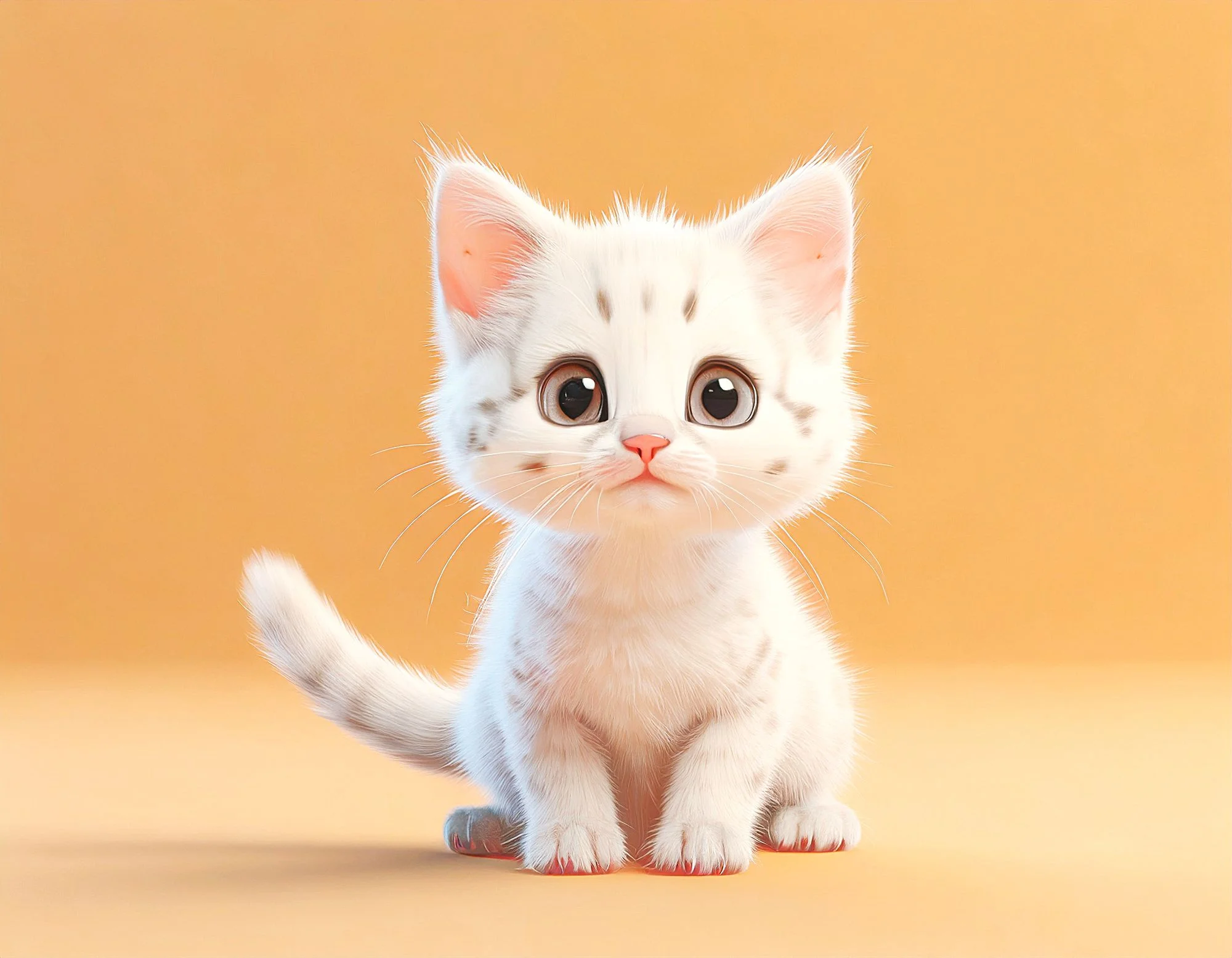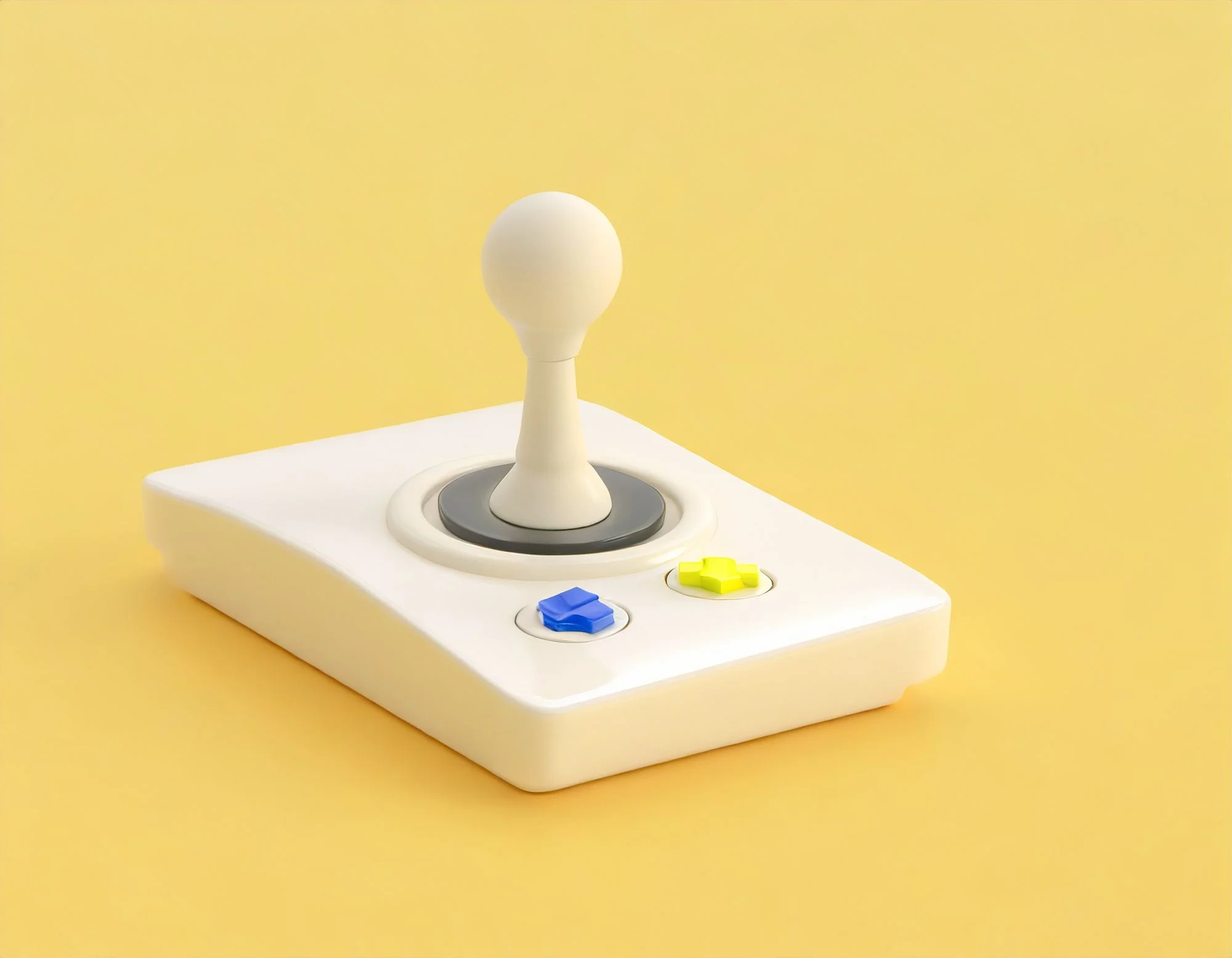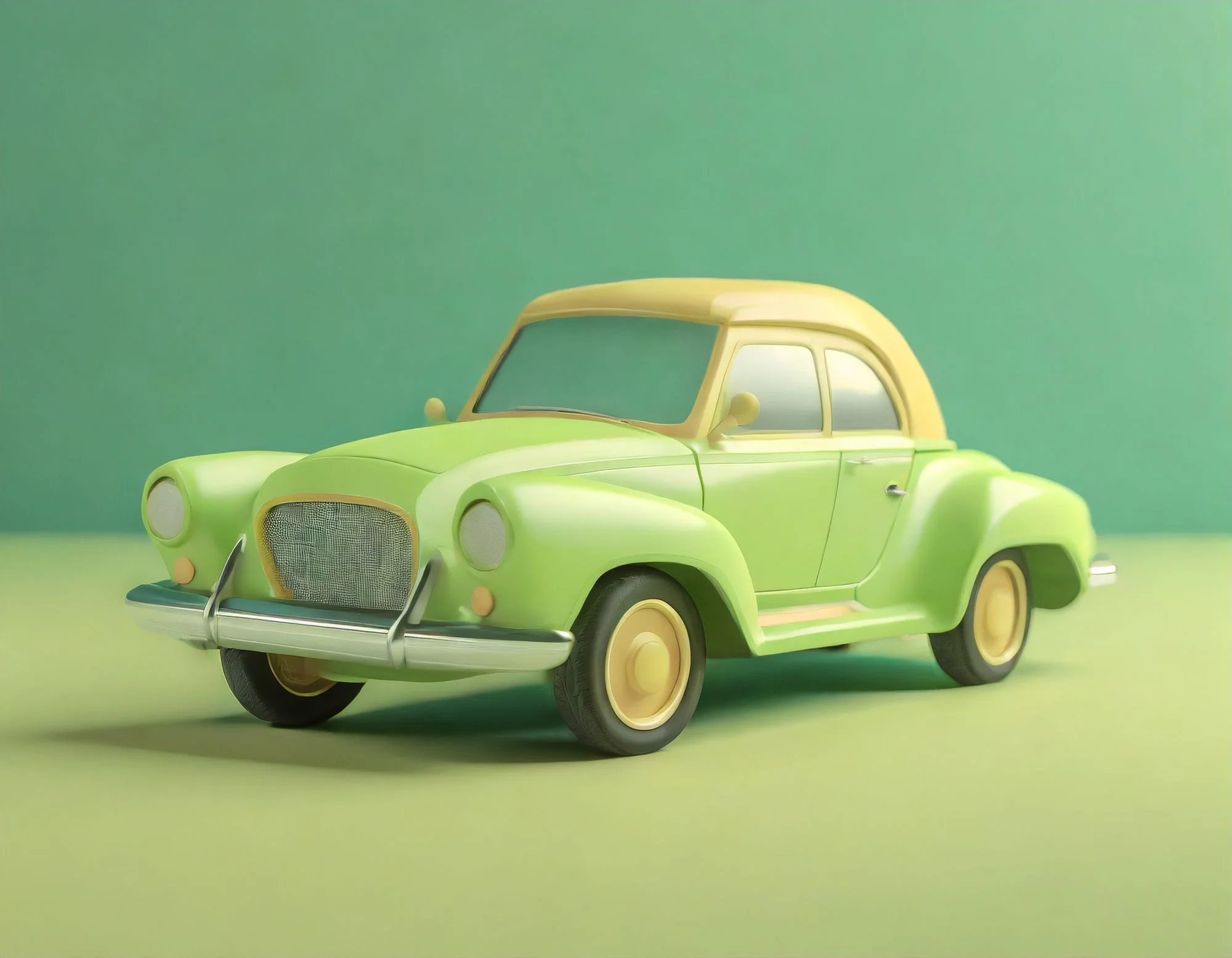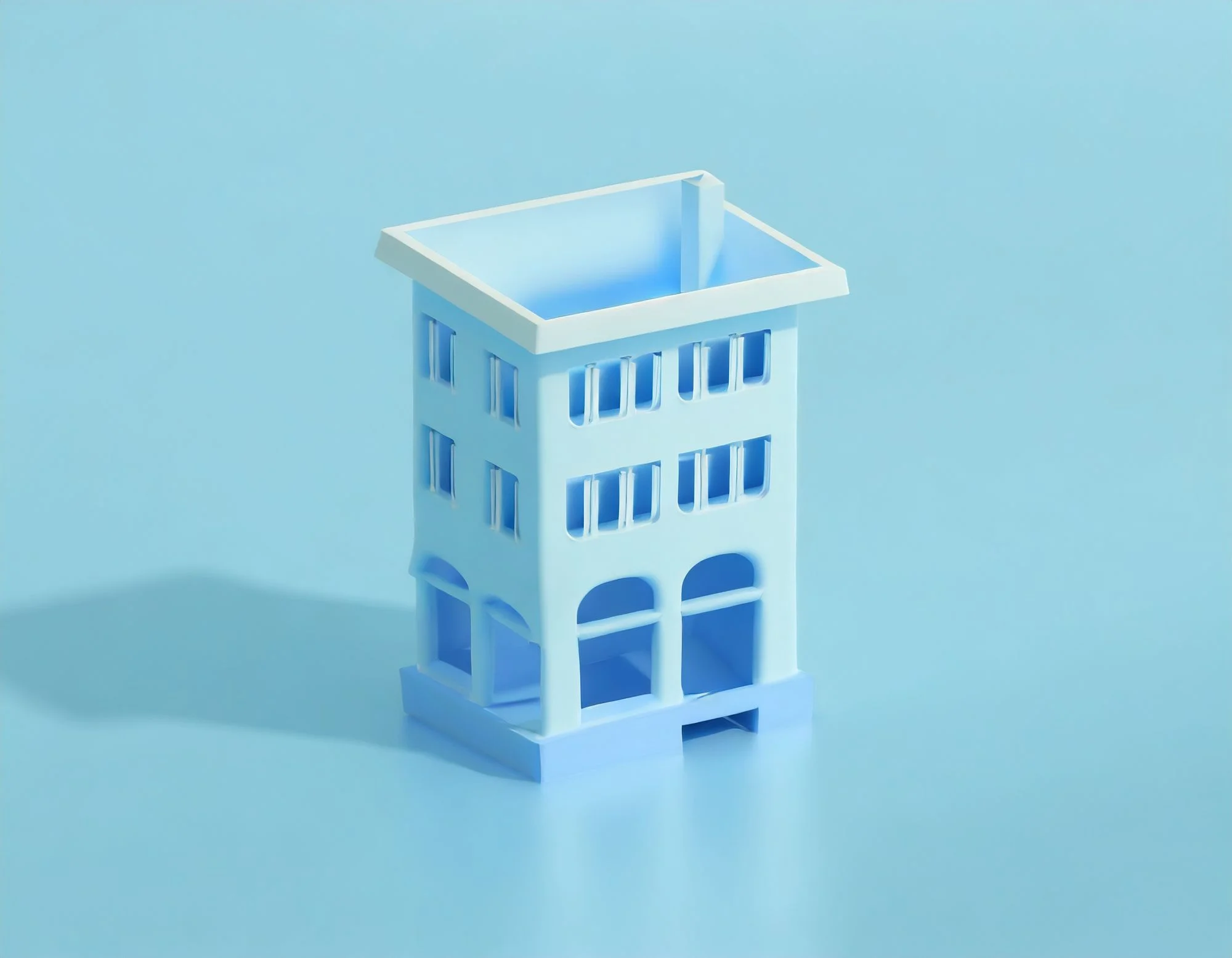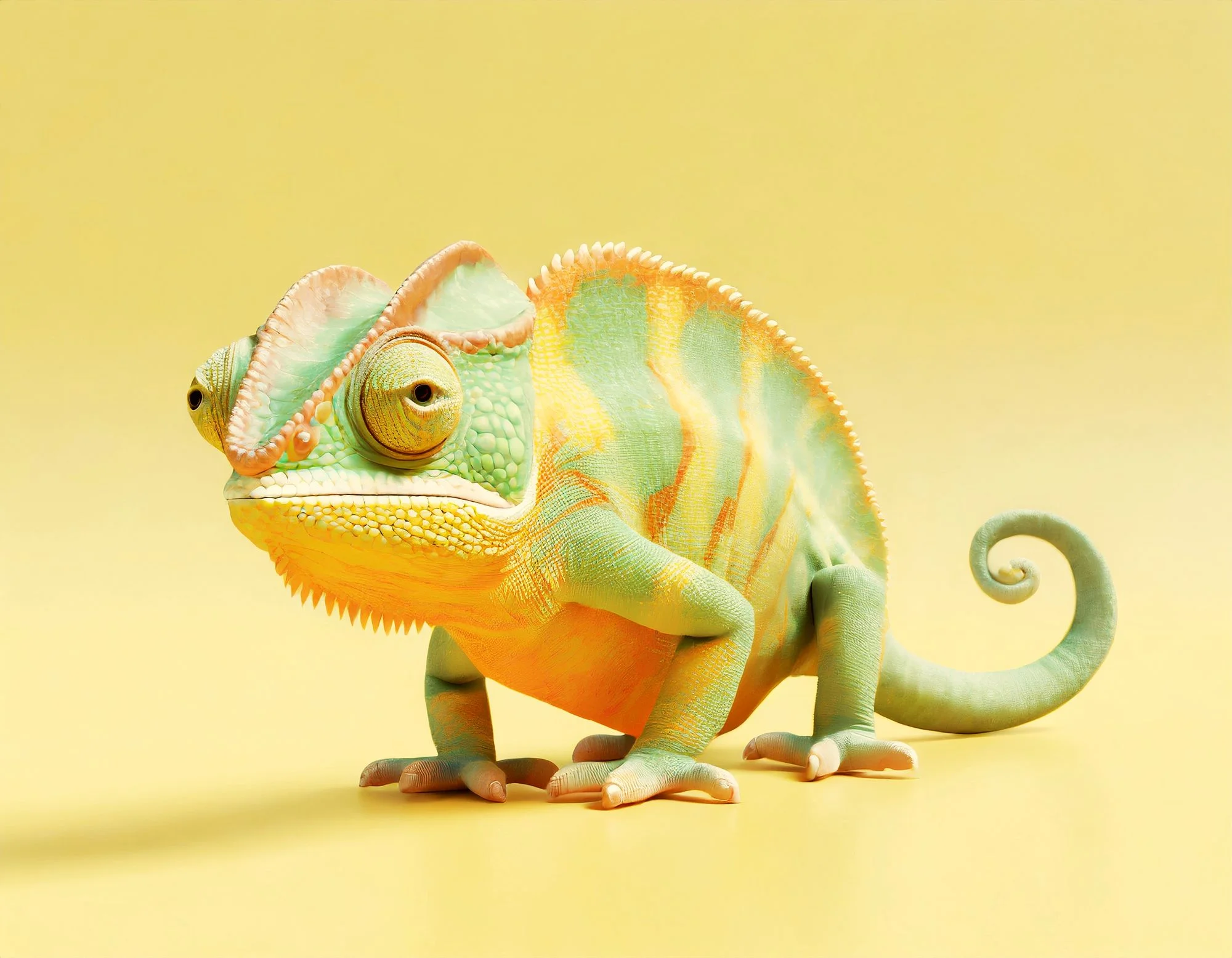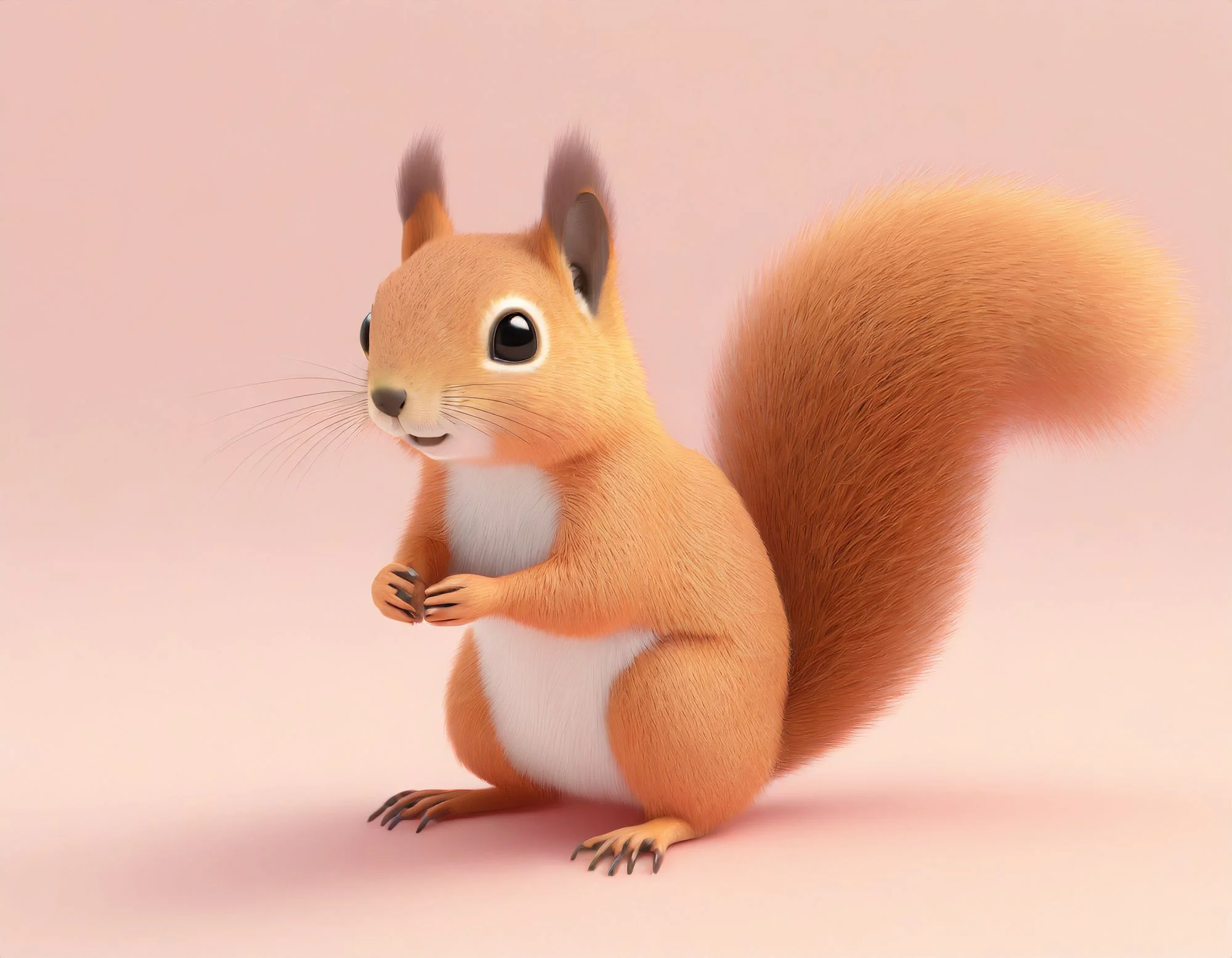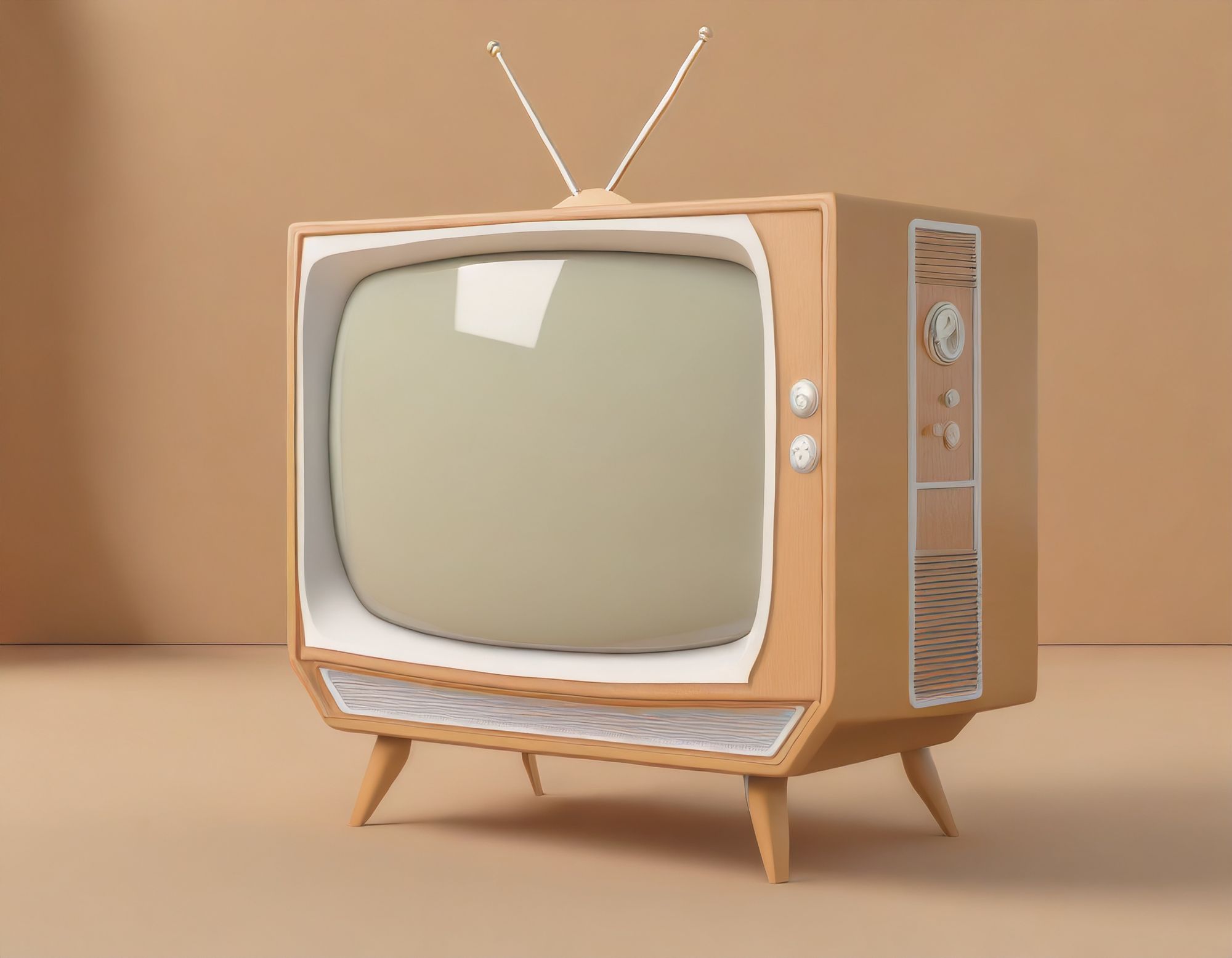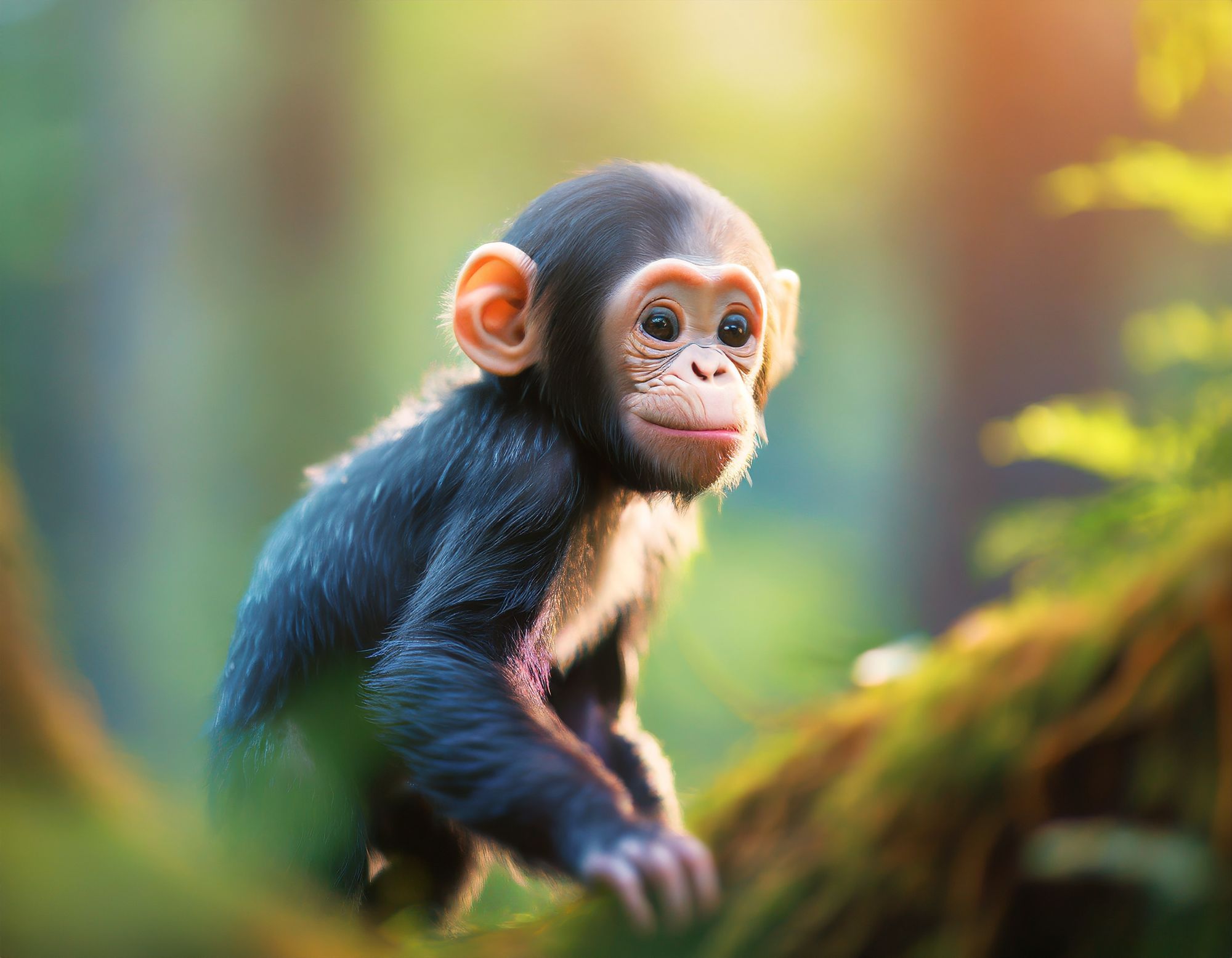The restoration of old designs is a vital aspect of preserving cultural heritage and historical artifacts.
With advancements in technology, restoration efforts have been revolutionized, making it possible to breathe new life into aged and deteriorated designs.
Technology’s Transformative Role
Digital Restoration Tools

Digital restoration tools have become indispensable in the efforts to revive old designs.
These software applications allow experts to repair, enhance, and preserve artwork, architecture, and other forms of design.
High-Resolution Scanning
High-resolution scanning technology captures intricate details, colors, and textures of deteriorated designs, providing a clear foundation for the restoration process.
The Restoration Process
The restoration process typically involves several key steps:
- Assessment and Documentation
Restoration experts assess the condition of the design and document its current state, identifying areas that require attention. - Digital Replication
Using high-quality scans, a digital replica of the design is created, serving as a reference point for the restoration work. - Artistic Expertise
Restoration professionals, often with artistic backgrounds, use digital tools to meticulously repair and enhance the design, aiming to maintain its original beauty and integrity.
A Technological Renaissance
“The synergy of art and technology in the restoration process allows us to witness a technological renaissance, where the past meets the present.” – Dr. Emily Wilson, Art Historian

This technological renaissance in restoration is not limited to artworks but extends to architectural designs, historical manuscripts, and even fashion pieces.
As technology continues to advance, the restoration process becomes more accessible and accurate, contributing to the preservation of our rich cultural heritage.
In conclusion, the marriage of art and technology has ushered in a new era of restoration.
The use of digital tools, high-resolution scanning, and expert craftsmanship allows us to breathe new life into old designs, ensuring that the beauty and significance of our cultural heritage can be cherished for generations to come.
